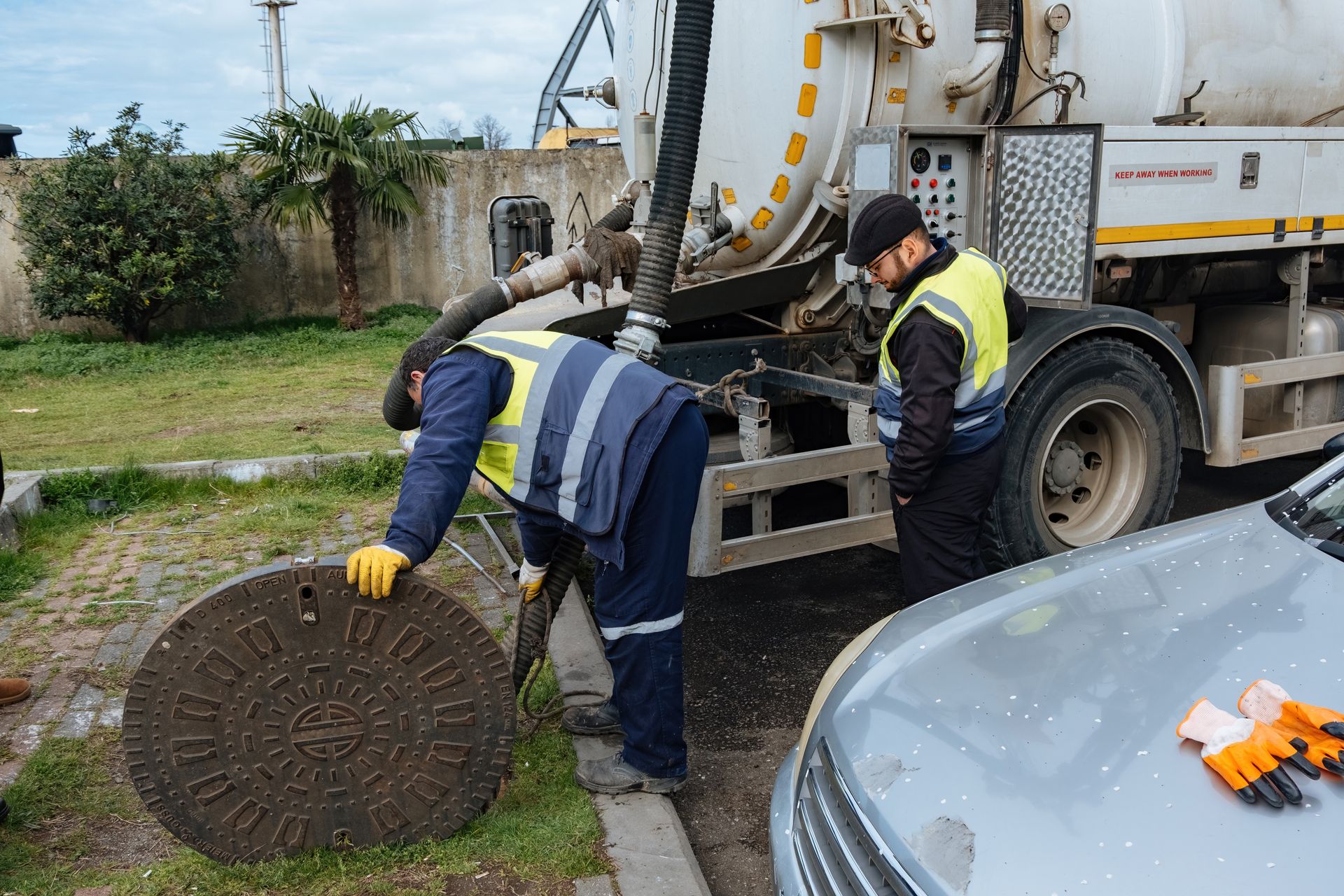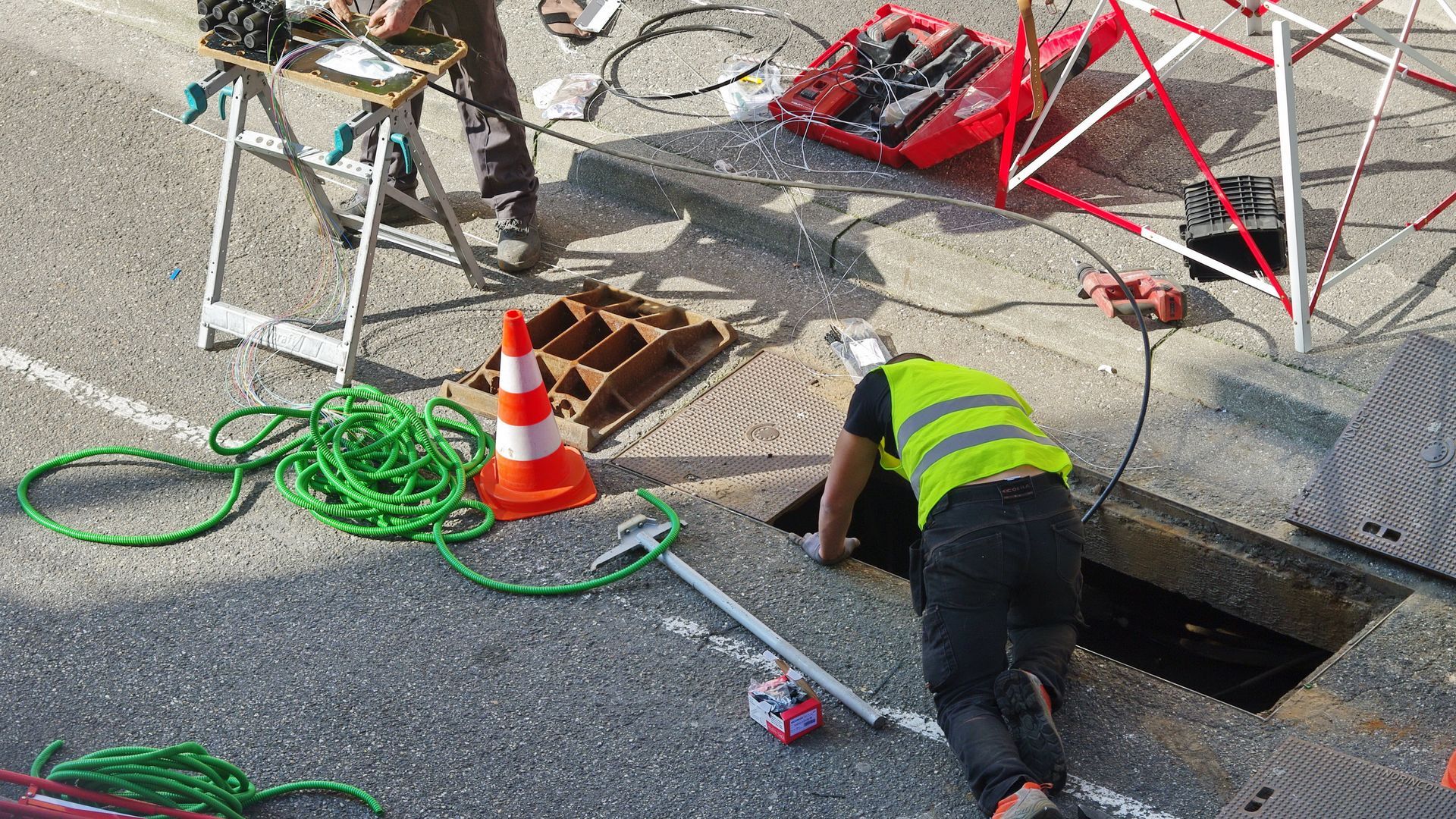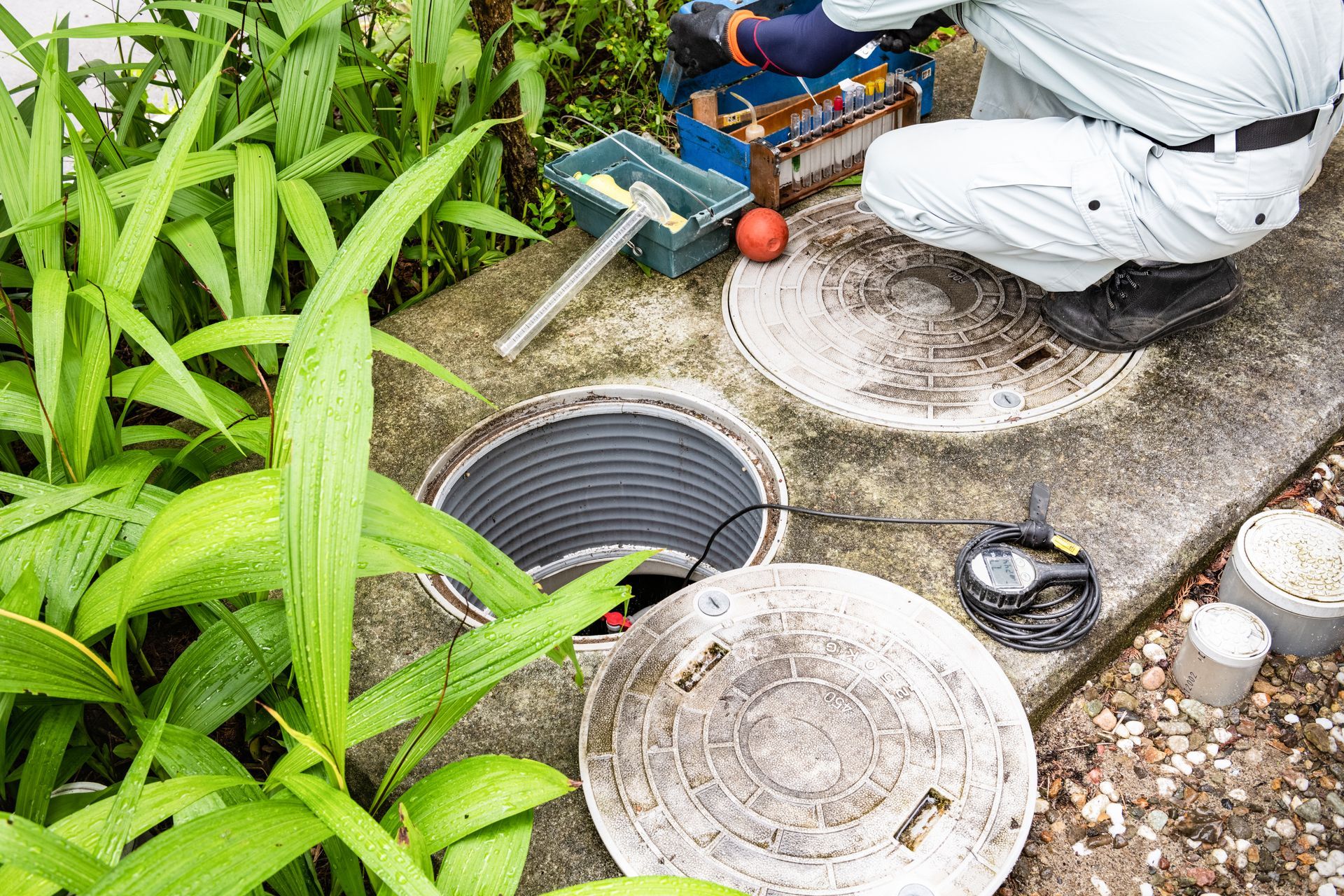Septic Tank Repair Services
Different Types of Septic Tank Repairs

Septic tank repairs can vary depending on the issue at hand. Here are some common types of repairs associated with septic tanks:
- Drain Field Repair: The drain field is a crucial component of the septic system where effluent from the tank is filtered and treated before it re-enters the soil. Issues such as clogging, saturation, or damage to pipes can necessitate repair. Repairs may involve unclogging pipes, replacing damaged components, or even redesigning the drain field if necessary.
- Tank Pumping and Cleaning: Regular pumping and cleaning of the septic tank are essential maintenance tasks. If the tank is not pumped out regularly, solids can build up and cause blockages or overflow issues. Repairs in this context may involve pumping out accumulated sludge and debris, and potentially repairing any damage caused by the buildup.
- Leak Repair: Leaks in the septic tank or its components can lead to contamination of the surrounding soil and groundwater. Identifying and repairing leaks promptly is crucial to prevent environmental damage and ensure the proper functioning of the system. Repairs may involve patching leaks in the tank or replacing damaged pipes and fittings.
- Baffle Repair or Replacement: Septic tanks contain baffles, which help to prevent solids from entering the drain field and ensure proper flow within the tank. If baffles become damaged or deteriorate over time, they may need to be repaired or replaced to maintain the efficiency of the system.
- Piping Repair or Replacement: The pipes connecting the various components of the septic system can become damaged due to age, corrosion, tree root intrusion, or other factors. Repairing or replacing damaged pipes is essential to ensure the proper flow of effluent and prevent backups or overflows.
Get a free quote
Contact Us
We will get back to you as soon as possible.
Please try again later.
6. Pump Repair or Replacement: In systems with a pump, such as those with elevated drain fields or aerobic treatment units, the pump is a critical component for transporting effluent. Malfunctions or failures of the pump can disrupt the entire system. Repairs may involve troubleshooting electrical issues, replacing worn components, or upgrading to a more efficient pump.
7. Odor Control: Septic tank odors can indicate various issues, including ventilation problems, leaks, or inadequate maintenance. Addressing odor issues may involve repairing or replacing vent pipes, adding filters or odor control systems, or adjusting the system's ventilation.
8. System Upgrades: In some cases, older septic systems may require upgrades or modifications to meet current regulations or accommodate changes in usage patterns. Upgrades may include installing additional tanks or components, retrofitting existing systems with advanced treatment technologies, or redesigning the system layout for improved efficiency and performance.
9. Root Intrusion Removal: Tree roots can infiltrate septic system components, causing blockages and damage. Removing invasive roots and repairing any damage they cause is essential to restore proper functioning and prevent future issues.
10. Professional Inspection and Maintenance: Regular inspection and maintenance by qualified professionals can help identify potential issues early and prevent costly repairs. Professional maintenance tasks may include inspecting components, testing system functionality, adjusting settings, and providing recommendations for repairs or upgrades as needed.
How long does a typical septic tank repair take?
The duration of a typical septic tank repair can vary based on several factors such as the extent of the damage, the accessibility of the tank, and the expertise of the repair team. Minor repairs like fixing a broken pipe or replacing a damaged component might take a few hours to complete.
However, more extensive repairs involving structural issues or drainage problems could take several days or even weeks to address fully. Additionally, factors like weather conditions and permitting processes may also influence the timeline. It's advisable to consult with a professional to get an accurate estimate for your specific situation.
How often should I have my septic tank inspected for potential repairs?
Regular inspection of your septic tank is vital for its smooth operation and to catch potential issues early. Typically, it's recommended to have your septic tank inspected by a professional every 1 to 3 years. However, factors like tank size, household size, and water usage can influence this frequency.
If you notice any signs of trouble such as slow draining, foul odors, or soggy areas around the tank, it's wise to schedule an inspection promptly. Timely assessments can prevent costly repairs and ensure your septic system functions efficiently, safeguarding both your property and the environment.
Need immediate service?
We're available 24-hours a day, 7 days a week.
Preventive Measures to Avoid Major Septic Tank Repairs
Here are some key preventive measures to avoid major septic tank repairs:
- Regular Pumping: Schedule regular pumping of your septic tank to remove accumulated solids and sludge. The frequency of pumping depends on the size of the tank, the number of occupants in the household, and usage. Generally, it's recommended to pump every 3 to 5 years.
- Proper Waste Disposal: Avoid flushing non-biodegradable items such as wipes, sanitary products, cigarette butts, paper towels, and grease down the drains. These items can clog the system and cause damage.
- Water Conservation: Practice water conservation to reduce the load on your septic system. Fix leaks promptly, install low-flow fixtures, and avoid excessive water usage, especially during heavy rainfall.
- Avoid Chemicals: Refrain from using chemical drain cleaners, antibacterial soaps, and harsh chemicals in household cleaning products. These chemicals can disrupt the natural balance of bacteria in the septic tank, leading to system failures.
- Maintain Drain Field: Protect the drain field by avoiding parking vehicles, heavy machinery, or constructing permanent structures over it. Plant trees and shrubs away from the drain field to prevent roots from infiltrating and causing damage.
- Inspections: Schedule regular inspections by a qualified septic system professional to assess the condition of your tank and identify any potential issues early on. Addressing minor problems promptly can prevent them from escalating into costly repairs.
- Grease Trap Installation: Install a grease trap in your kitchen sink to capture grease and oil before they enter the septic system. This helps prevent clogs and minimizes the accumulation of fats in the tank.
- Avoid Overloading: Be mindful of what goes down the drains and how much water you use. Avoid overloading the system by staggering laundry loads, spacing out showers, and spreading out household chores that require water usage.
- Maintain Proper Cover: Ensure that the septic tank and access ports are properly covered and sealed to prevent unauthorized access, surface water infiltration, and damage from heavy objects.
- Educate Household Members: Educate everyone in your household about the importance of proper septic system maintenance and the consequences of improper usage. Encourage responsible habits to minimize the risk of damage to the system.
By following these preventive measures, you can significantly reduce the likelihood of major septic tank repairs and prolong the lifespan of your system. Regular maintenance and responsible usage are key to ensuring the efficient and trouble-free operation of your septic system.

Take action now to maintain a clean and eco-friendly system.
Location
Call
All Rights Reserved | Septic Tank Cleaning Escondido | Powered by Snapps

